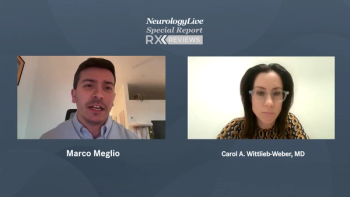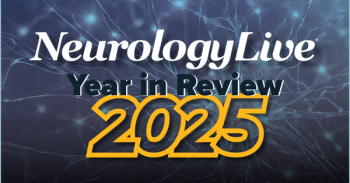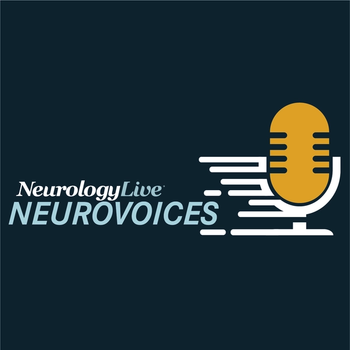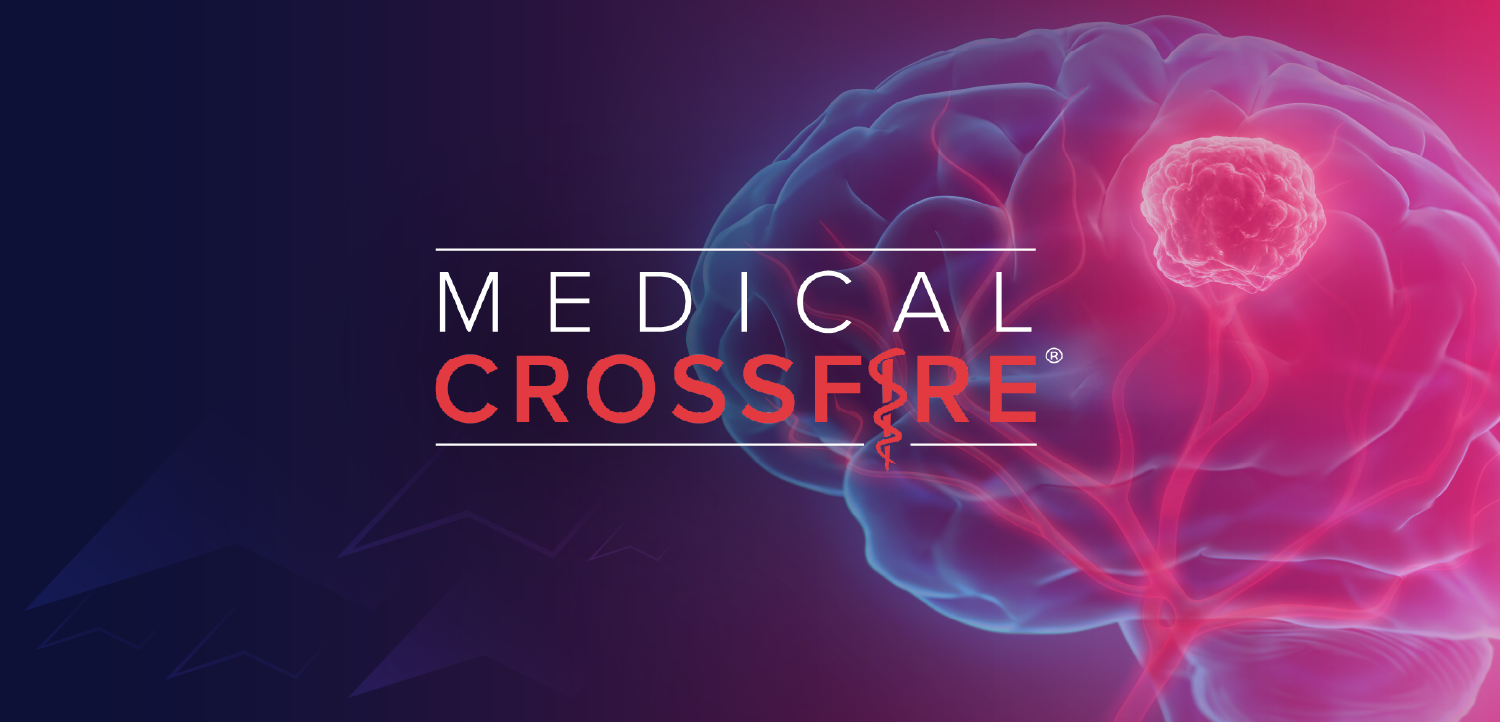
FDA AdComm Plans to Review Investigational Cell Therapy Deramiocel for DMD Cardiomyopathy
Key Takeaways
- Capricor's BLA for deramiocel is on track, with no significant FDA deficiencies and a PDUFA date of August 31, 2025.
- Deramiocel demonstrated significant efficacy in the HOPE-2 trial, improving upper limb function and reducing cardiac muscle damage.
Capricor Therapeutics reported that it remains on track for PDUFA target action date of August 31, 2025 and noted that advisory committee meeting is to be held in advance.
According to a new announcement, Capricor Therapeutics has completed a mid-cycle review meeting with the FDA for its biologics license application (BLA) seeking full approval for deramiocel, an investigational cell therapy for patients with Duchenne muscular dystrophy (DMD) cardiomyopathy. During the meeting, the agency stated that no significant deficiencies have been identified by the review committee and that the package is on track for a PDUFA action date set for August 31, 2025.1
The company also noted that the agency confirmed its intent to hold an advisory committee meeting, although an official date has not yet been scheduled. The BLA submission is supported by Capricor’s cardiac data from its phase 2 HOPE-2 (NCT03406780) and HOPE-2 open label extension (OLE) trials, which used patient level data from an FDA-funded and published dataset on the natural history of DMD-cardiomyopathy, as well as data on potential biomarkers of disease progression. Capricor noted that efficacy from the ongoing phase 3 HOPE-3 study (NCT05126758) is not part of this BLA package submission.
“The successful completion of our mid-cycle review meeting along with the upcoming advisory committee meeting represents major milestones on the path towards approval of deramiocel,” Linda Marbán, PhD, chief executive officer at Capricor, said in a statement.1 “Deramiocel is a first-in-class cellular therapy with the potential to halt or slow the progression of DMD-cardiomyopathy, and we are pleased to have the opportunity to present the efficacy and safety data to the advisory committee. We have been actively preparing for an advisory committee meeting, and we look forward to providing the physician and patient perspectives to highlight the weight of evidence supporting the transformative potential of deramiocel in treating DMD-cardiomyopathy.”
The HOPE-2 trial, conducted from 2018 to 2020 with 26 enrolled patients, had its initial findings published in The Lancet in 2022.2 Of the participants, 8 were randomized to receive deramiocel, 12 to placebo, and 6 were excluded due to screening failure. Among those with post-treatment performance of upper limb (PUL)1.2 assessments, deramiocel demonstrated a significant advantage over placebo in the 12-month mean change from baseline in mid-level elbow PUL1.2 scores (percentile difference: 36.2%; 95% CI: 12.7–59.7; mean difference: 2.6 points; P = .014).
READ MORE:
In the HOPE-2 trial, deramiocel was generally well tolerated in patients with severe DMD, with hypersensitivity reactions as the primary adverse event (AE). To address this, a pretreatment regimen of glucocorticoids, an H1 blocker, and an H2 blocker was implemented, effectively preventing serious allergic reactions. Patients receiving deramiocel demonstrated a significant reduction in creatine kinase (CK)-MB as a proportion of total CK over 12 months, indicating reduced cardiac muscle damage. By month 12, CK-MB levels in the placebo group were notably higher than those in the deramiocel group (percentile difference: 29.1%; 95% CI: 4.0–54.2; P = .025).
After the double-blind phase, eligible participants entered an open-label extension (OLE) study, receiving deramiocel infusions every 3 months.
REFERENCES
1. Capricor Therapeutics Announces Completion of Mid-Cycle Review Meeting with FDA on Deramiocel for the Treatment of Duchenne Muscular Dystrophy Cardiomyopathy. News Release. Capricor Therapeutics. Published May 5, 2025. Accessed May 5, 2025. https://www.capricor.com/investors/news-events/press-releases/detail/311/capricor-therapeutics-announces-completion-of-mid-cycle
2. McDonald C, Marban E, Hendrix S, et al. Repeated intravenous cardiosphere-derived cell therapy in late-stage Duchenne muscular dystrophy (HOPE-2): a multicentre, randomised, double-blind, placebo-controlled, phase 2 trial. The Lancet. 2022;399(10329):1049-1058. doi:10.1016/S0140-6736(22)00012-5.
3. Capricor Therapeutics announces long-term benefit of deramiocel (CAP-1002) in both skeletal muscle and cardiac function in the HOPE-2 OLE study in Duchenne muscular dystrophy. News release. June 28, 2024. Accessed May 5, 2025. https://www.capricor.com/investors/news-events/press-releases/detail/284/capricor-therapeutics-announces-long-term-benefit-of
4. Capricor Therapeutics announces positive 24-month results from ongoing HOPE-2 open label extension study of CAP-1002 in Duchenne muscular dystrophy. News release. June 30, 2023. Accessed May 5, 2025. https://www.capricor.com/investors/news-events/press-releases/detail/255/capricor-therapeutics-announces-positive-24-month-results
Newsletter
Keep your finger on the pulse of neurology—subscribe to NeurologyLive for expert interviews, new data, and breakthrough treatment updates.




















